ACCESS/MAP
Nagoya Castle to Miya no Watashi/Full Area Map
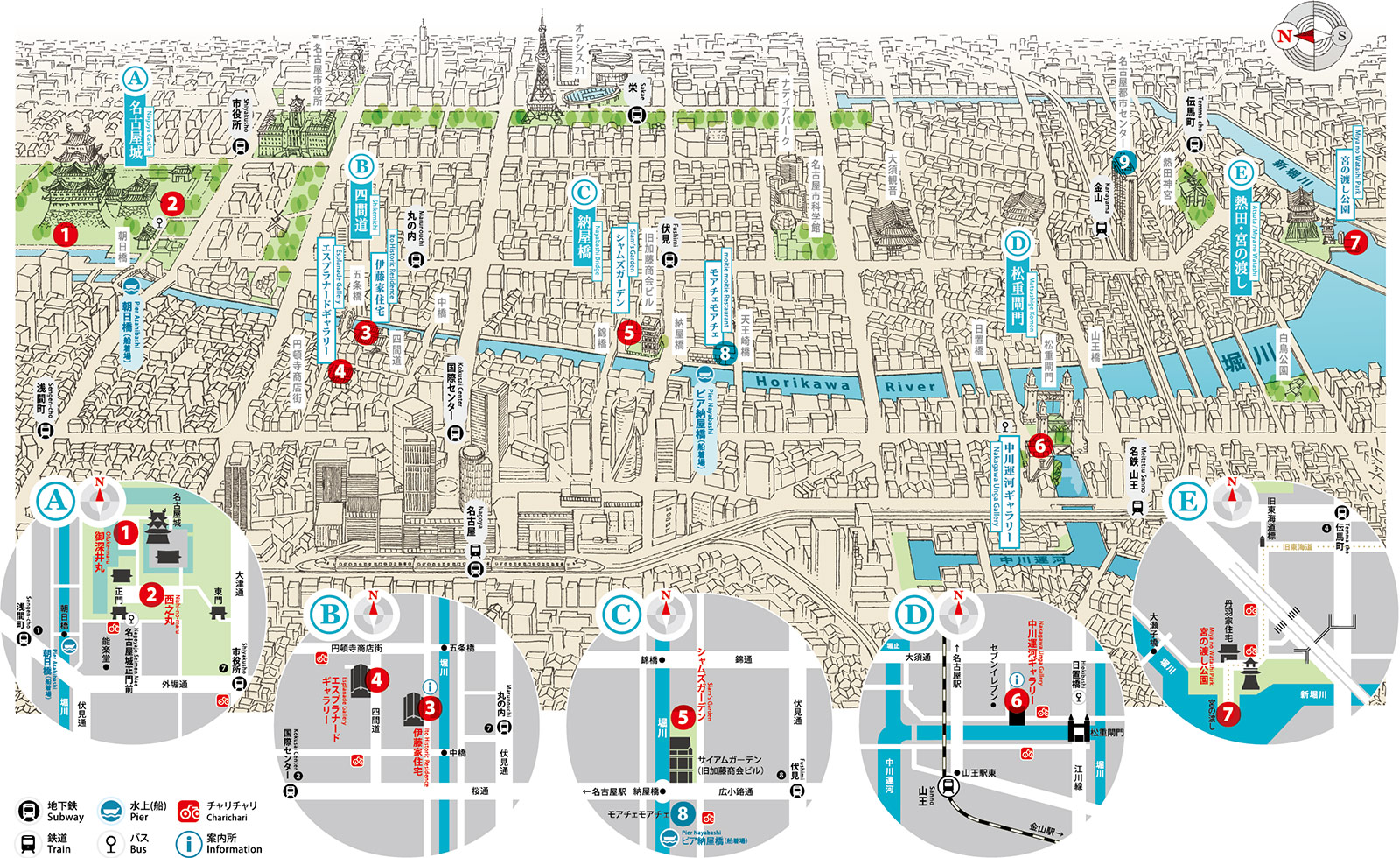
Illustration: Clemens Metzler

[Exhibition] Kubo Hiroko

[Performance] ELECTRONICOS FANTASTICOS!

[Exhibition] Kondo Masakatsu, Fujimoto Yukio, phono/graph

[Exhibition] Saita Kazuki+Mugibayashi Hiroko+Mihara Soichiro *Only open from Nov. 11th to 13th.
[Artist Talk] Saita Kazuki + Mihara Soichiro Guest: Hatanaka Minoru
[Exhibition] Hitoosa Kazuki

[Exhibition & Gallery Talk] Mihara Soichiro

[Performance] 1980YEN

[Artist Talk] Fujimoto Yukio

[Talk] streaming heritage Research Project
*NOTE: Depending on venues, open hours are different.
Nagoya Castle
Construction of Nagoya Castle began in 1610 and employed all of the latest techniques and technologies available at the time. Its roof topped by the famous “Kin-shachi,” the five-story castle keep is one of the largest in history, with features that include a huge “Sumi-Yagura” (Corner Watchtower) on par with those at other castles, the extensive Ni-no-maru Garden, high stone walls and deep moats, and a robust and ingenious castle design plan, this could be considered the completed form of the castle of the early modern period.
Although most of the buildings were destroyed in the May 1945 air raids of Nagoya, Nagoya Castle was designated as a national special historic site in 1952 as one of the premier castles in Japan.
-
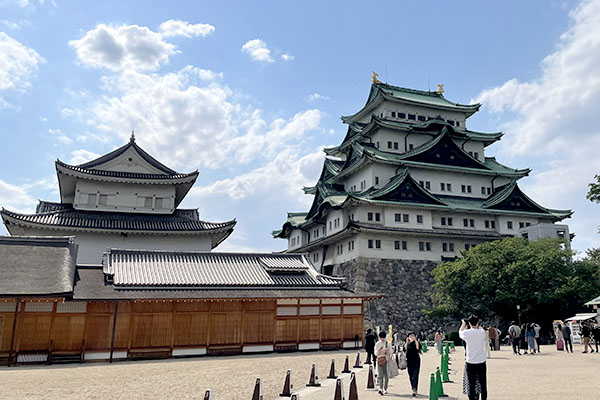
Nagoya Castle
Access (nearest station)
- Nagoya Castle (Official Site)
1-1 Honmaru, Naka-ku, Nagoya
Shiyakusho (City Hall) Subway Sta. exit 7 (approx. 10 minutes walk)
Venues
- Ofuke-maru
- Nishi-no-maru
Hours
- 9:00-16:30 *Nagoya Castle admission fees required
- Exhibition
- Performance
- Talk
- Collaboration Events
-
Kubo Hiroko
- Venue:
- Ofuke-maru
-
PERFORMANCE
ELECTRONICOS FANTASTICOS!
- Date:
- November 19th Sat. 18:40-20:00
- Venue:
- Nishi-no-maru*The venue will be changed in case of rain.
Shikemichi
The Shikemichi district developed along with the activities of merchants using the water transport capabilities of Horikawa River, which was excavated around the same time as the construction of Nagoya Castle in 1610. It is said that after the Great Fire of 1700, the road from Nakahashi Bridge to Gojobashi Bridge was widened to 4 “ken” (about 7 meters) as a firebreak, so this stretch came to be called “Shikemichi” (“Four-Ken-Street”). Many traditional buildings still remain in the neighborhood today.
-
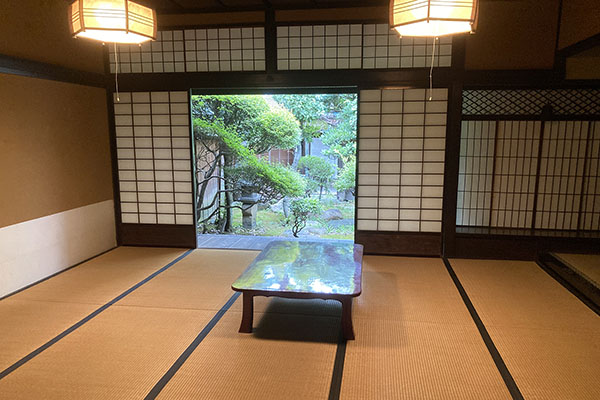
Ito Historic Residence
-
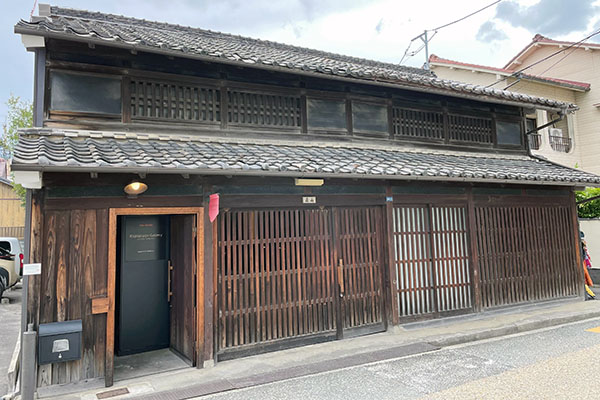
Esplanade Gallery
Venues & Access (nearest station)
- Ito Historic Residence
1-36-12 Nagono, Nishi-ku, Nagoya
Marunouchi Subway Sta. exit 7 (approx. 10 minutes walk)
Kokusai Center Subway Sta. exit 2 (approx. 10 minutes walk) - Esplanade Gallery (Official Site)
1-34-1 Nagono, Nishi-ku, Nagoya
Kokusai Center Subway Sta. exit 2 (approx. 6 minutes walk)
Hours
- 11:00-19:00
*The Eexhibition at Esplanade Gallery is on display only for three days from November 11th to 13th
- Exhibition
- Performance
- Talk
- Collaboration Events
-
Fujimoto Yukio
- Venue:
- Ito Historic Residence
-
phono/graph
- Venue:
- Ito Historic Residence
-
Kondo Masakatsu
- Venue:
- Ito Historic Residence
-
Saita Kazuki + Mugibayashi Hiroko + Mihara Soichiro
- Venue:
- Esplanade Gallery*Only open from Nov. 11th to 13th.
-
ARTIST TALK
Saita Kazuki + Mihara Soichiro
[Guest] Hatanaka Minoru- Date:
- November 11th Fri. 19:00-20:00
- Venue:
- Esplanade Gallery
- Capacity:
- First 20 persons
Nayabashi Bridge
Seven bridges built during the Edo period cross the Horikawa River, which connects Nagoya Castle to the sea at Atsuta. Named after a site nearby, Nayabashi Bridge was built when the Horikawa River was excavated, in conjunction with the construction of Nagoya Castle. During the Edo period, pottery from Seto, one of the leading pottery producing areas in Japan, was transported via the Yada and Shonai Rivers and collected and inspected at the Owari clan’s storehouses along the side of the Horikawa River (currently near Tennozaki Bridge, Mitsukura Street) before being shipped throughout Japan.
-
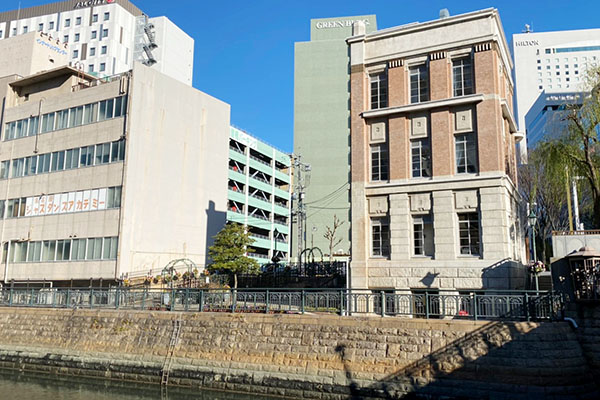
Siam’s Garden
-
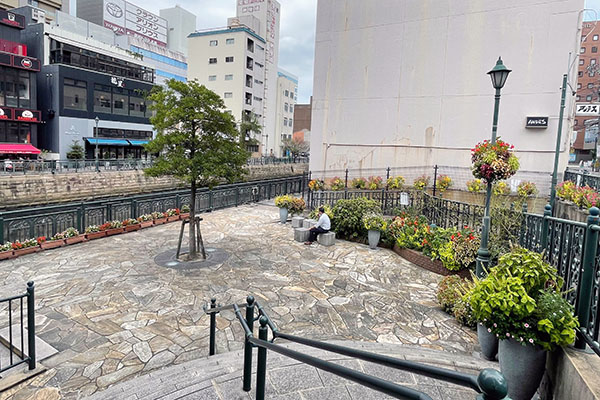
Siam’s Garden
Venues & Access (nearest station)
- Nayabashi Siam’s Garden
1-15 Nishiki, Naka-ku, Nagoya
Fushimi Subway Sta. exit 7 or 8 (approx. 10 minutes walk)
Hours
- sunset-20:00
- Exhibition
- Performance
- Talk
- Collaboration Events
-
Hitoosa Kazuki
- Venue:
- Siam’s Garden
-
ARTIST TALK
Fujimoto Yukio Artist Talk
- Date:
- November 11th Fri. 16:30-18:00
- Venue:
- moitie moitie (1-1-5 Sakae, Naka-ku, Nagoya)
- Capacity:
- First 30 persons
Matsushige Koumon [Lock Gate]
This was built in 1930 as a lock gate closing the waterway that regulates the water level of the Horikawa River and Nakagawa Canal. Matsushige Koumon connected the Horikawa River to the Nakagawa Canal, and the resulting water transport made this a major distribution route supporting Nagoya’s economy and industry. As development of land transport led to a decline in boat traffic, the lock was closed in 1968, but it was preserved in response to vigorous citizen demand and has since been designated a tangible cultural property by the city of Nagoya.
-
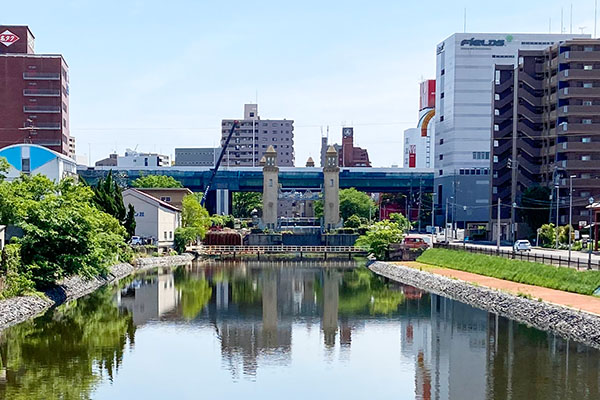
Matsushige Koumon
-
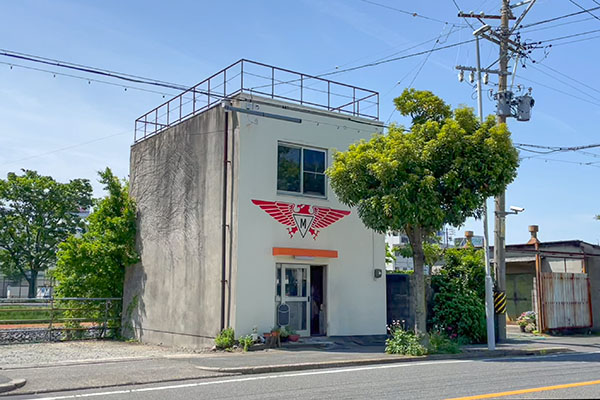
Nakagawa Unga Gallery
Venues & Access (nearest station)
- Nakagawa Unga Gallery
2-12-15 Nishihioki, Nakagawa-ku, Nagoya
Nagoya City Bus Hioki-bashi (approx. 5 minutes walk)
Meitetsu Line Sanno Sta. (approx. 5 minutes walk)
Hours
- 11:00-19:00
- Exhibition
- Performance
- Talk
- Collaboration Events
-
Mihara Soichiro
- Venue:
- Nakagawa Unga Gallery
-
Mihara Soichiro Gallery Talk
- Date:
- November 3rd Thu. 16:30-
November 12th Sat. 15:00-
November 20th Sun. 15:00- - Venue:
- Nakagawa Unga Gallery
*No application required
Atsuta/Miya no Watashi
Today, the area around Atsuta is surrounded by national roads and buildings, and it is now far from the sea, but around the beginning of the Edo period, it prospered as a base for shipping, with the Ise Bay spreading out before Miya no Watashi, the only maritime route along the Old Tokaido Road. In 1625, a nightlight was erected, indicating the gateway for entering and exiting vessels. Since the Edo period, the development of reclaimed marshlands has proceeded gradually, and the sea has become more distant from this land. Now, these reclaimed mashes have been transformed into land for factories and residential areas.
-
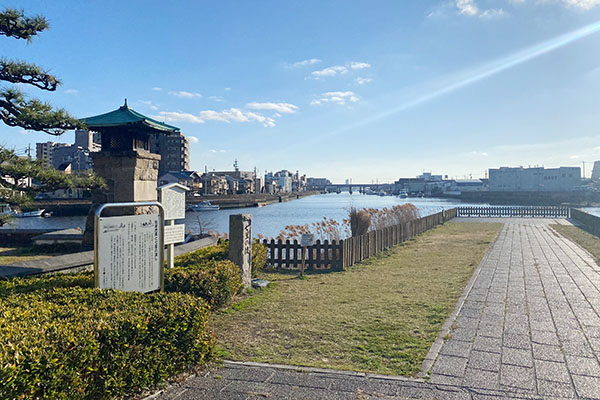
Miya no Watashi Park
-
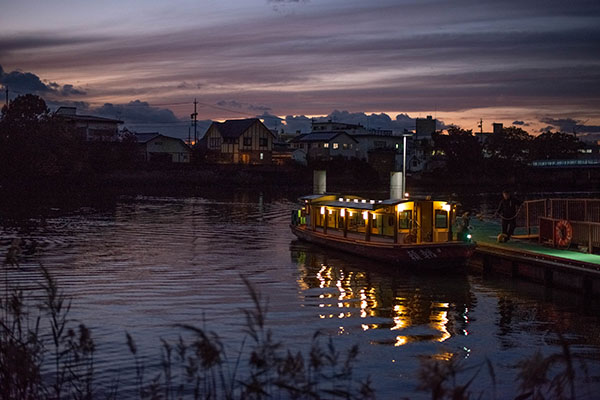
Miya no Watashi Park
Venues & Access (nearest station)
- Miya no Watashi Park
Uchida-cho, Atsuta-ku, Nagoya
Temma-cho Subway Sta. exit 4 (approx. 12 minutes walk)
Date
- Miya no Watashi is only for one day on November 20th.
- Exhibition
- Performance
- Talk
- Collaboration Events
-
PERFORMANCE
1980YEN
- Date:
- November 20th Sun. 10:00-12:00
- Venue:
- Miya no Watashi Park*Only for one day on Nov. 20th.
-
MARCHE
Attaka! Atsuta Miryoku-Hakken Ichi 2022
Miya-no-Hama Ichi- Date:
- November 20th Sun. 9:30-15:00
- Venue:
- Miya no Watashi Park
Others
Venues & Access (nearest station)
- Nagoya Urban Institute (Official Site)
1-1-1 Kanayama-cho, Naka-ku, Nagoya
JR Line, Meitetsu Line, Subway Kanayama Sta. exit South (approx. 1 minute walk)
- Exhibition
- Performance
- Talk
- Collaboration Events
-
〈MAP番号
 〉
〉streaming heritage Research Project
“artport” as a point of departure- Date:
- November 6th Sun. 14:00-17:00
- Venue:
- Nagoya Urban Institute






